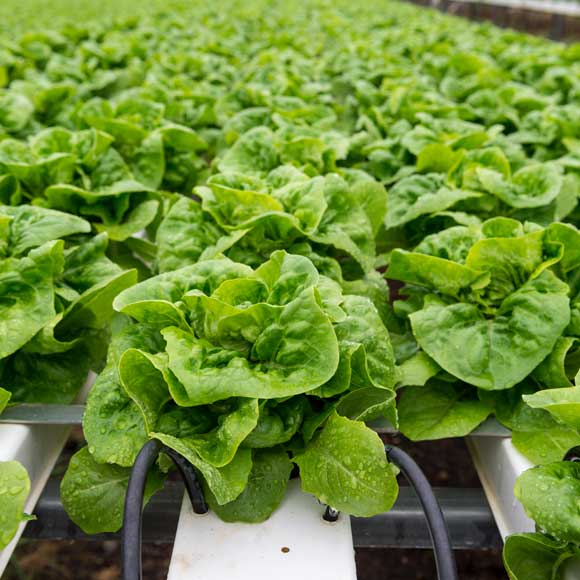In hydroponics, most plant nourishment is delivered through the use of a nutrient solution. This solution is prepared from raw fertilizer inputs by the grower – or a fertilizer company – and should contain adequate mineral ratios to maximize plant growth. However, although basic solutions can successfully grow crops under a wide variety of conditions, large increases in yields are possible with the optimization of the nutrient solution for each particular setup. Today’s article talks about why this is important and why a one-size-fits-all solution simply does not exist in hydroponic culture.
A nutrient solution is, generally, a very complicated mixture of different substances. All solutions should contain all mineral elements that are necessary for plant growth, which means that every solution contains at least 13 variables that a grower can change in order to improve their crop yields. You may think that every plant species has a magic set of variables that provide the best results but – in reality – this does not happen because plant/nutrient dynamics depend on the growing environment as well.

Since nutrients in solution are absorbed through plant roots, the root environment plays a huge role in determining how nutrients get absorbed by plants. The root environment depends on the media being used, the temperature and the way that water cycles in and out of the media. Nutrients are not absorbed in the same manner in a crop where watering is done once every 12 hours compared with a crop where constant dripping over the media is maintained. The nutrient solution also interacts with the media with time and different things can buildup depending on the frequency of the waterings, how well oxygenated the nutrient solution is and how the nutrient solution interacts with the specific media being used.
The outside environment also plays a huge role, due to the way that mineral transport is tied to water transport within plants. An environment with a high vapor pressure deficit will increase water transport through the plant, which will significantly increase Ca transport, while a higher moisture environment will hinder Ca transport and increase the transport of other minerals. The amount of air movement around the canopy, the concentration of carbon dioxide and the amount of temperature variation also play a huge role in determining what nutrient ratios will work best for a particular growing setup.
Sadly, no two growers ever have the exact same root and outside environment conditions. The optimal solution for a grower using coco coir in a high VPD environment will be very different from the solution used by someone using rockwool under low VPD, even if both people are growing the exact same plant. For this reason, performing a proper optimization of the nutrient solution is fundamental to increase nutrient usage efficiency and maximize growth. I will write more about how this is done in practice next week.
If you would like to know more about how this can be done in practice in your commercial hydroponic crop, please do not hesitate to send me an email, using the contact form on this page.




